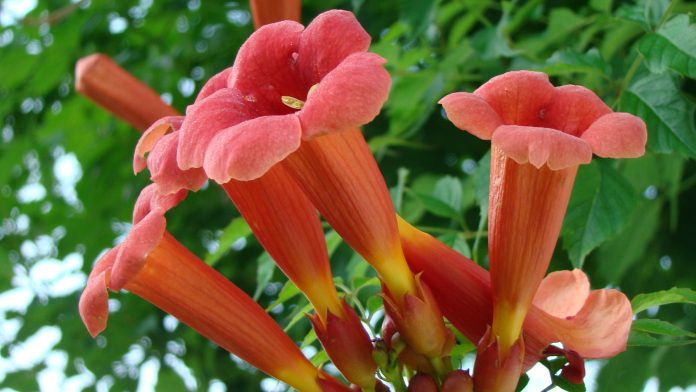Red Clover-Trifolium Pratense is commonly found throughout the northern hemisphere. It is also found in Western Asia, Europe, and Northwest Africa. However, it has been found naturalized on other continents like North and South America. Particularly Red Clover-Trifolium Pratense was introduced into Argentina and Chile more than a hundred years ago although it’s not known what was brought to these South American countries. The red clover has been increased significantly as a source of stability in the economy of Chile which has made the importance of pollinators more vital. Red Clover is another of those little weeds that people are for all time trying to rid of from their lawns.

If they only knew the extensive list of medicinal uses of this little gem flower! To start, Red Clover-Trifolium Pratense flowers make the gentlest of healing teas, appropriate for all ages, and for long-term use for soothing nerves and easing bronchial ailments. The list of medicinal properties here is long: they act as an alternative for blood cleansing, an antispasmodic and expectorant for coughs and lung problems, a diuretic, and much more. Using Red Clover tea or tincture over a period of time will act as an overall cleanser and tonifier for your body, over and over again relieving tough cases of eczema and psoriasis. On the outside, the cooled tea, once cooled, can be applied to wounds.
Red Clover-Trifolium Pratense is also a great source of flavones, which gently mimic estrogens making this plant excellent for menopausal symptoms. Packed with minerals like potassium and magnesium and many nutrients including Vitamin C and Thiamin (B1), a tea with the flowers of Red Clover offers optimal nutrition along with its healing effects.
When harvesting Red Clover, simply pluck the flowers off when they are at their brightest in color, having just bloomed. It’s good to let them dry outside for a few hours in the shade before bringing them into the home. Like many clustery flowers, Red Clover-Trifolium Pratense makes an exceptional home to tiny insects that will crawl out once the plant had been disturbed. Also, leave the abundance of flowers for the bees and other pollinating insects that love this little plant.
Related Reading – How to Grow Pink Dianthus in Garden







